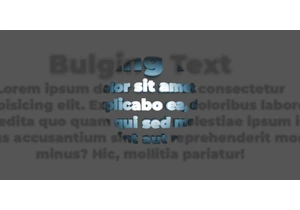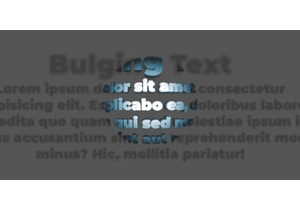The Web Performance Calendar just started up again this year. The first two posts so far are about, well, performance! First up, Rick Viscomi writes about the mythical “fast” web page:
How you approach measuring a web page’s performance can tell you whether it’s built for speed or whether it feels fast. We call them lab and field tools. Lab tools are the microscopes that inspect a page for all possible points of friction. Field tools are the binoculars
… Read article “Web Performance Calendar”
The post Web Performance Calendar appeared first on CSS-Tricks. You can support CSS-Tricks by being an MVP Supporter.
Ak chcete pridať komentár, prihláste sa
Ostatné príspevky v tejto skupine

In this third and final chapter, we’re stepping into interactivity by adding JavaScript, starting with a simple :hover effect, and ending with a fully responsive bulging text that foll

In this chapter, we will explore ways to animate the effect, add transitions, and play with different variations. We will look at how motion can enhance depth, and how subtle tweaks can create a wh

A client asked me to create a bulging text effect. With a bit of cleverness and some advanced CSS, I managed to get a result I’m genuinely proud of, which is covered in this three-part series.




